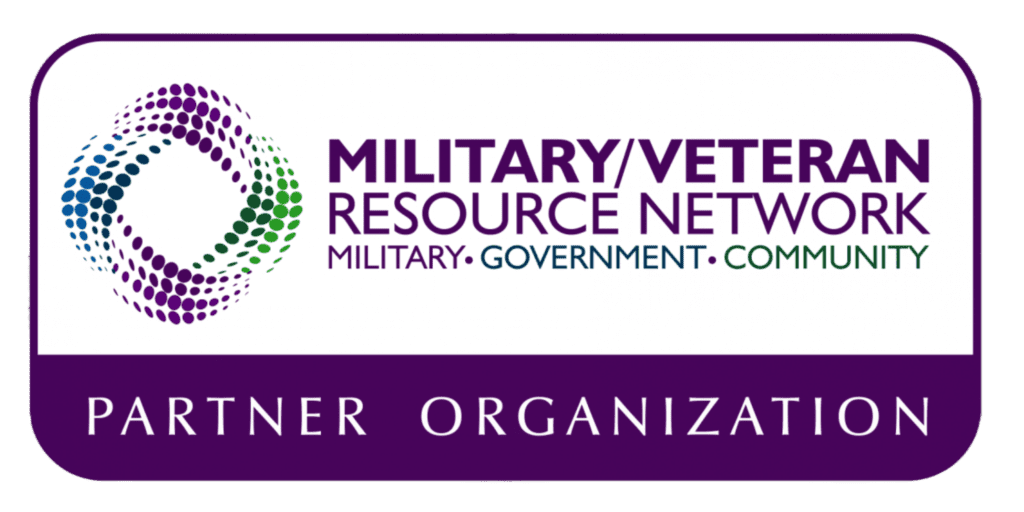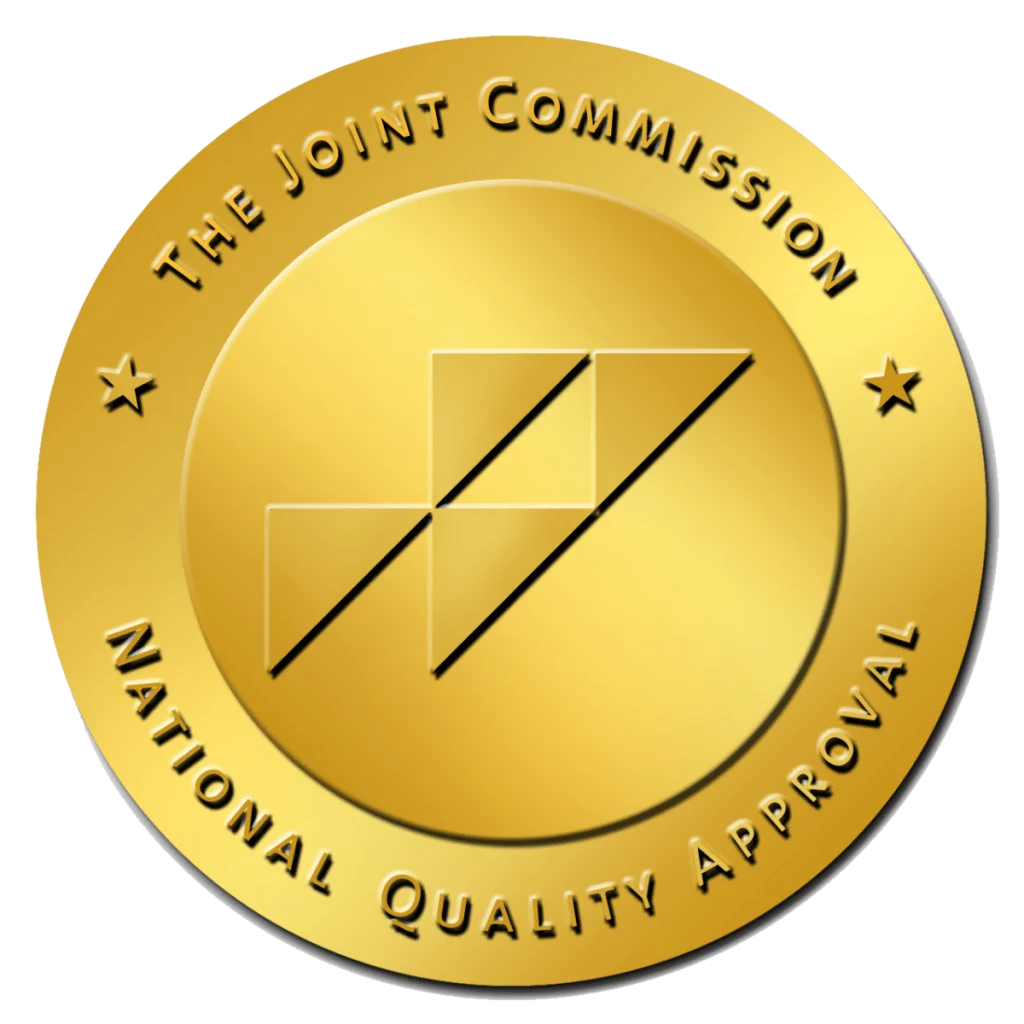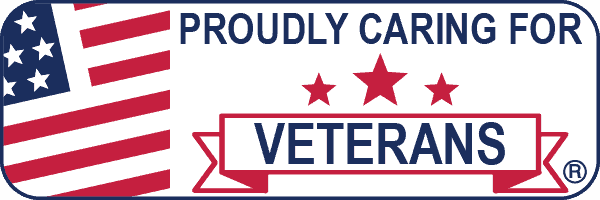When a person is using prescription drugs in a way that was not intended by the doctor that prescribed them, that person may be addicted to the drug.
Addiction to a prescribed medication occurs when an individual’s brain is affected by the drug, causing a change in their behavior. They are no longer able to control their use of the prescribed medication regardless of the harm it causes.
About Prescription Drug Addiction
Prescription drugs are generally given to people that are suffering from illnesses, injuries, or after a surgery. Although they are legal when prescribed, addiction to the drug can still occur even if the medication is taken as prescribed. Some people like the feeling of euphoria, or high, they get when they take their prescribed medication and may take more of it than they are supposed to or take the drug more often. Others may borrow some prescription painkillers from a friend because they have a bad backache or other type of pain or injury and continue taking them after the original medical issue has resolved.
Addiction to prescription drugs can happen quickly and is a growing problem in the United States. Although it is most common in younger people, it can happen to anyone regardless of their age, race, religion, gender, or occupation.
The Most Addictive Prescription Medications
According to the National Institute on Drug Abuse (NIH), the three classes of prescribed medications that are most commonly abused are opioids, stimulants, and anti-anxiety medications and sedatives.
Opioids
Opioids are generally prescribed for the treatment of pain. Examples of these narcotic pain medications are Percocet and Oxycontin, which contain oxycodone, and Norco, which contains hydrocodone.
Other commonly prescribed opioids medications include:
- Vicodin
- Lorcet
- Dilaudid
- Demerol
- Avinza
- Roxicodone
- Darvocet
- Endocet
Stimulants
Stimulants are often used to treat attention deficit hyperactivity disorder (ADHD) and narcolepsy. These drugs increase alertness, energy levels, and the ability to concentrate. Sometimes they are used as a study drug to increase academic performance. Like opioids, stimulants are very addictive. When used for non-medical reasons, they produce a euphoric, pleasant high.
Examples of prescribed stimulants include:
- Ritalin
- Adderall
- Focalin
- Dexedrine
- Concerta
- Mydayis
Sedatives, Tranquilizers, and Hypnotics
This class of drugs are central nervous system (CNS) depressants and cause drowsiness. Sedatives are usually prescribed as treatment for sleep disorders such as insomnia, and hypnotics are used to induce sleep. Tranquilizers are used to treat anxiety disorders, anxiousness, or to relieve muscle spasms.
These types of prescribed medications include:
- Benzodiazepines commonly prescribed include Valium (diazepam), Xanax (alprazolam), Ativan (zolpidem), Klonopin (clonazepam), and Halicon (triazolam).
- Non-benzodiazepines are sedative hypnotics that include Ambien (zolpidem), Lunesta (eszopiclone), and Sonata (zaleplon).
Signs of Prescription Drug Addiction
Knowing the signs of prescription drug addiction can help to identify a problem early. Many people continue using the prescribed medication after the original issue has resolved. They may show no interest in other types of treatment options or get more medication by complaining about vague or phony symptoms. They may go doctor shopping, which is going to more than one doctor to get prescriptions. They often make frequent request for early refills or say their prescription was lost.
Other signs of prescription drug addiction include:
- Crushing pills to snort or inject to get a faster high
- Stealing or borrowing medications from family members or friends
- Using increased amounts of medication or taking it more often
- Being extremely energetic or hyper, acting sedated, or appearing to be high
- Changes in behavior or mood such as becoming anxious, agitated, hostile, or volatile
- A decrease or increase in the amount of sleep or changes in sleep patterns
- Withdrawal from family, friends, and recreational activities that were once enjoyable
- Financial difficulties
- Problems at work or school
There are also specific signs and symptoms of prescription drug abuse depending on the type of medication.
- Opioids: Slowed breathing rate, constipation, nausea, confusion, drowsiness, poor coordination, or a feeling of euphoria
- Stimulants: High blood pressure, irregular heartbeat, increased body temperature, reduced appetite, insomnia, agitation, anxiety, paranoia, or feeling high
- Sedatives, Tranquilizers, and Hypnotics: Slowed breathing, confusion, poor concentration, slurred speech, dizziness, unsteady walking, memory problems, or drowsiness
Help Is Available
If you or a loved one is addicted to prescription medication, there is help available. Call Canyon Vista Recovery Center in Mesa, Arizona, and speak to a professional staff member to learn about the treatment services available.










